Suppression of common mode noise is critical in most applications to ensure proper functionality of the system and compliance with EMI standards. This is especially true for applications where multiple supply voltage levels are present.
Bourns® has recently released several new AEC-Q200 compliant common mode filters for various types of applications like CANbus signal lines (including CAN FD), audio bus communication via UTP cables, and low voltage DC power lines.
CANbus, generic low voltage signal and power lines:
CANbus is a widely used communication protocol that runs over twisted pair copper wires. Nowadays, CANbus comes in various speed class ranges. The Bourns® Model SRF4530A common mode filter series supports the classic CAN speed grades up to ~1 Mbps of data rate, and the new Model SRF3225TAC series can support IEC 62228-3 CAN FD Class II speed grades.
The Bourns® DR334A series is a common mode filter for CAN and other signal lines and even low current power lines. The DR334A series offers a much wider range of inductance values for filter curves effective at lower frequencies, with a bifilar winding option for the best common mode rejection characteristics available, and sector winding for common mode and differential mode filtering.

Typical usage of a CMC on a CANbus together with filter caps and ESD protection diodes
SRF4530A Series for Classic CAN
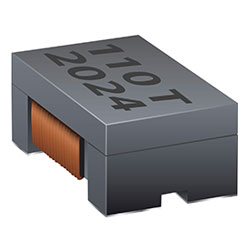 |
Series | Product Size | Inductance Range | Impedance Range |
Current Range |
| SRF4530A Series | 4.5 x 3.2 x 3 mm | 11 - 100μH | 600 – 7500 Ω @ 10 MHz | 200 - 360 mA |
SRF3225TAC Series for CAN FD Class II acc. IEC 62228-3
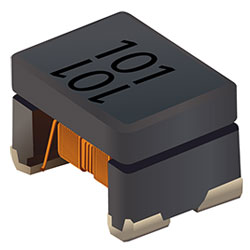 |
Series | Size (mm) | Inductance | Impedance Range @ 10 MHz |
Rated Currrent |
Operating Temperature |
| SRF3225TAC | 3.2 x 2.5 x 2.5 | 11 - 100μH | 550 – 5100 Ω | 0.15 - 0.3 A | -55 to +150°C |
DR334A Series for CANbus, general low voltage signal and power lines
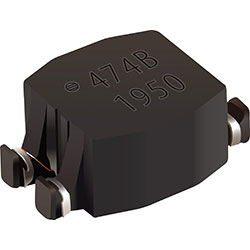 |
Model | Product Size | Inductance Range | Impedance Range | Current Range |
| DR334A | 9 x 5.8 x 3.6 | 11 - 4700μH | 300 – 6000 Ω @ 0.5 - 300 MHz |
0.2 - 0.5 A |
Two-wire automotive audio bus:
Using unshielded twisted pair copper lines for transmission of audio signals within a vehicle brings a lot of advantages in terms of reducing cable weight, but it requires proper handling of noise. The automotive grade Bourns® Model SRF3225AB is specifically designed to help filter common mode noise in such two-wire unshielded twisted pair automotive audio bus lines.
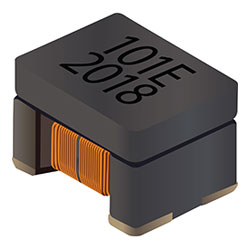 |
Series | Size(mm) | Inductance | Impedance @ 10 MHz |
Rated Current | Operating Temperature |
| SRF3225AB-101Y | 3.2 x 2.5 x 2.5 | 100μH | 5500 Ω Typ. | 0.1 A | -40 to +125°C |
Low voltage DC power lines:
The DC voltage levels in complex electrical systems range from 1.0 V up to 48 V, not including high voltage systems. In order to generate the various supply voltages of 1.0 V, 3.3 V, 5.0 V, 12 V, 24 V, and 48 V, multiple DC-DC converters are necessary. The switching frequencies used in these converters are a source of common mode noise which can spread by magnetic and/or capacitive coupling.
The new Bourns® SRF9045A and SRF1206A power common mode chokes help to reduce such noise on DC lines up to 80 V with maximum currents of 5 A (SRF9045A) and 6 A/8 A (SRF1206A).
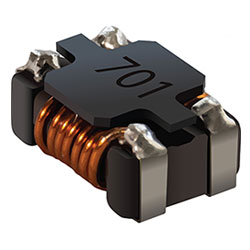 |
Model | Product Size | Inductance | Typical CM @ 100 MHz |
Current |
| SRF9045A | 9 x 7 x 4.5 mm | 7.5 μH | 700 Ω | 5 A | |
| SRF1206A | 12 x 11 x 6 | 9 & 12.5 μH | 700 & 1000 Ω | 6 & 8 A |





